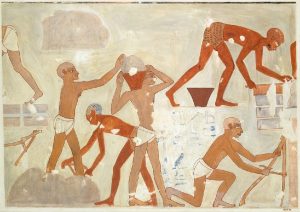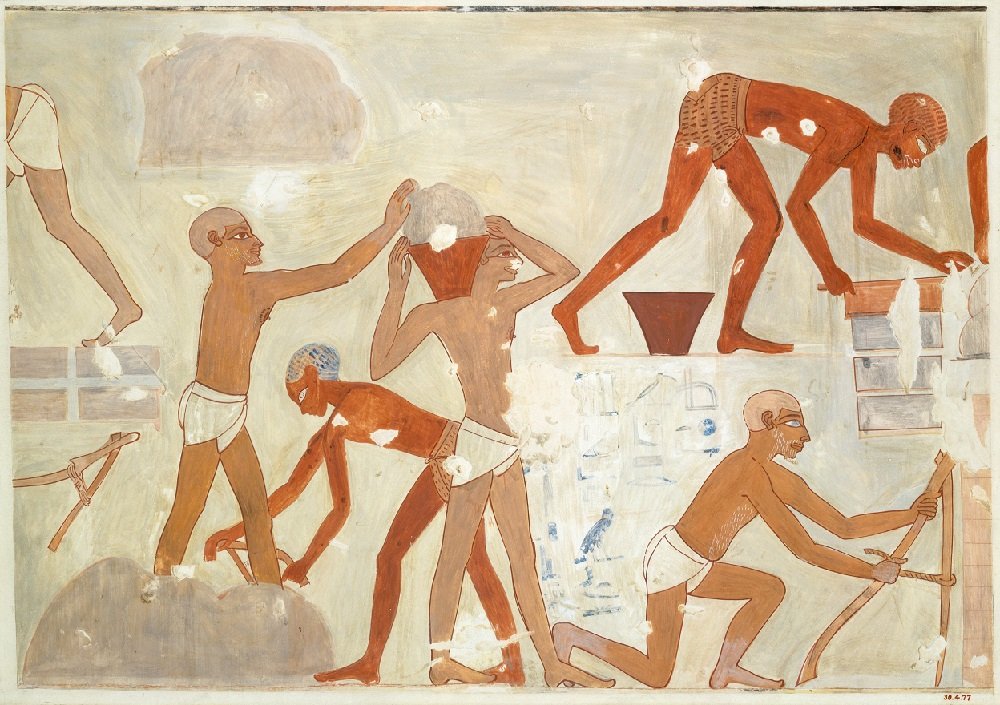This is an archive of prayers, songs, and other individual works relevant to the fifth course of the seder for Pesaḥ (Passover): Magid, the core of the Haggadah containing its midrash aggadah.
Click here to contribute a work or a transcription and translation of a historical work that you have prepared for Magid in the Seder Pesaḥ.



